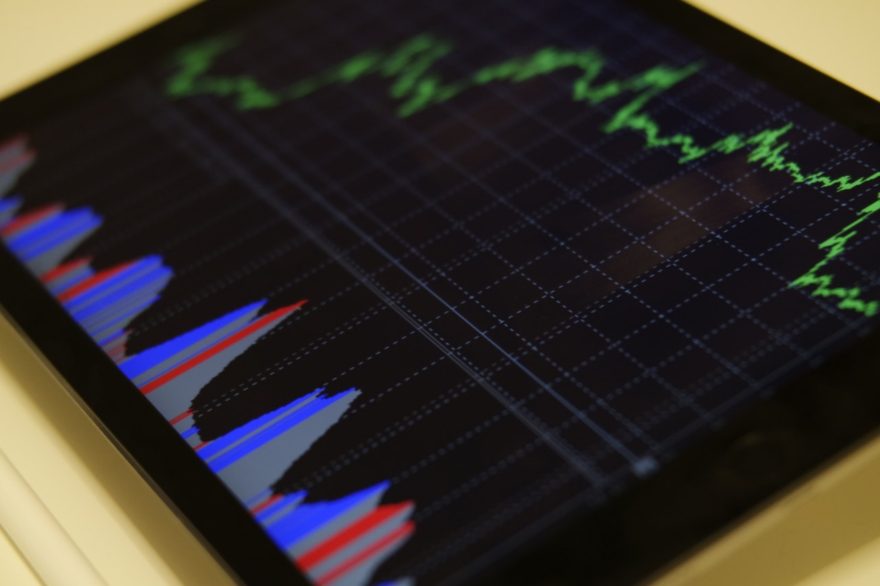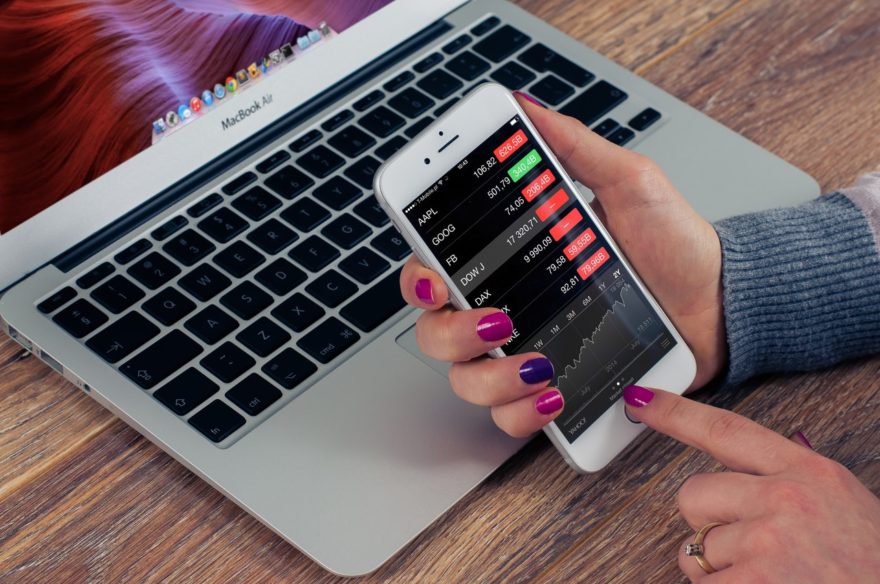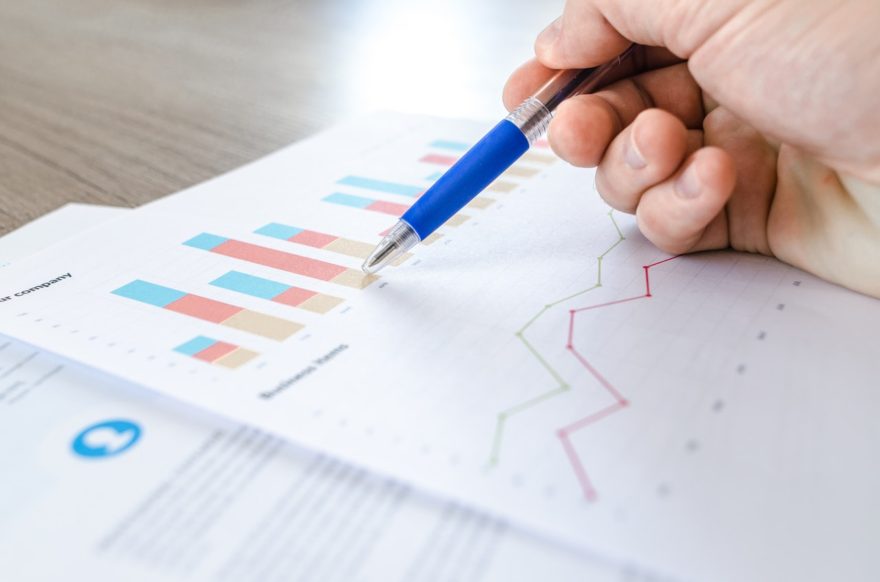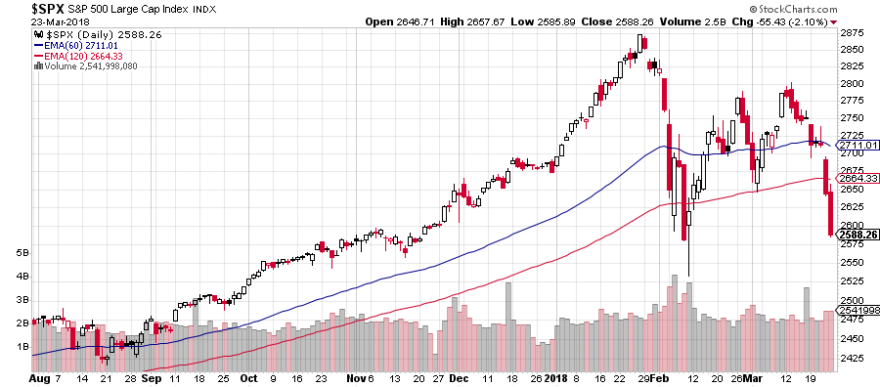Through August 31, the S&P 500 Index is up 18.34%, including dividends. Would it surprise you to learn that bonds did even better? The Morningstar US Long Government Bond Index was up 18.40% in the same period. Even with this remarkable stock market performance, you would have done slightly better by buying a 30-year Treasury Bond in January!
How do bonds yielding under 3% give an 18% gain in eight months? Bond prices move inversely to yields, so as yields fall, prices rise. The longer the duration of the bond, the greater impact a change of interest rates has on its price. This year’s unexpected decrease in rates has sent the prices of long bonds soaring. While bonds have made a nice contribution to portfolios this year because of their price increases, today’s yields are not very attractive. And longer dated bonds – those which enjoyed the biggest price increases in 2019 – could eventually suffer equivalent losses if interest rates were to swing the other direction. We find bonds going up 18% to be scary and not something to try to chase.
Today’s low interest rates are a conundrum for investors. The yields on Treasury bonds, from the shortest T-Bills to 10-year bonds are all below 2%. CDs, Municipal bonds, and investment grade corporate bonds have all seen their yields plummet this year. In some countries, there are bonds with zero or even negative yields.
What can investors do? I am going to give you three considerations before you make any changes and then three ideas for investors who want to aim for higher returns.
1. Don’t bet on interest rates. Don’t try to guess which direction interest rates are going to go next. We prefer short (0-2 year) and intermediate (3-7 year) bonds to minimize the impact that interest rates will have on the price of bonds. With a flat or inverted yield curve today, you are not getting paid any additional yield to take on this interest rate risk. Instead, we take a laddered approach. If you own long bonds which have shot up this year, consider taking some of your profits off the table.
2. Bonds are for safety. The reason why we have a 60/40 portfolio is because a portfolio of 100% stocks would be too risky and volatile for many investors. Bonds provide a way to offset the risk of stocks and provide a smoother trajectory for the portfolio. If this is why you own bonds, then a decrease in yield from 3% to 2% isn’t important. The bonds are there to protect that portion of your money from the next time stocks go down 20 or 30 percent.
3. Real Yields. Many of my clients remember CDs yielding 10 percent or more. But if inflation is running 8%, your purchasing power is actually only growing at 2%. Similarly, if inflation is zero and you are getting a 2% yield, you have the same 2% real rate of return. While yields today are low on any measure, when we consider the impact of inflation, historical yields are a lot less volatile than they may appear.
Still want to aim for higher returns? We can help. Here are three ideas, depending on how aggressive you want to go.
1. Fixed Annuities. We have 5-year fixed annuities with yields over 3.5%. These are guaranteed for principal and interest. We suggest building a 5-year ladder. These will give you a higher return than Treasuries or CDs, although with a trade-off of limited or no liquidity. If you don’t need 100% of your bonds to be liquid, these can make a lot of sense. Some investors think annuity is a dirty word, and it’s not a magic bullet. But more investors should be using this tool; it is a very effective way to invest in fixed income today.
Read more: 5-year Annuity Ladder
2. High Yield is getting attractive. Back in 2017, we sold our position in high yield bonds as rising prices created very narrow spreads over investment grade bonds. Those spreads have widened this year and yields are over 5%. That’s not high by historical standards, but is attractive for today. Don’t trade all your high quality bonds for junk, but adding a small percentage of a diversified high-yield fund to a portfolio can increase yields with a relatively small increase in portfolio volatility.
3. Dividend stocks on sale. While the overall stock market is only down a couple of percent from its all time high in July, I am seeing some US and international blue chip stocks which are down 20 percent or more from their 2018 highs. Some of these companies are selling for a genuinely low price, when we consider profitability, book value, and future earnings potential. And many yield 3-5%, which is double the 1.5% you get on the US 10-year Treasury bond, as of Friday.
While we don’t have a crystal ball on what the stock market will do next, if I had to choose between owning a 10-year bond to maturity or a basket of companies with a long record of paying dividends, I’d pick the stocks. For investors who want a higher yield and can accept the additional volatility, they may want to shift some money from bonds into quality, dividend stocks. For example, a 60/40 portfolio could be moved to a 70/30 target, using 10% of the bonds to buy value stocks today.
When central banks cut rates, they want to make bonds unattractive so that investors will buy riskier assets and support those prices. When rates are really low, and being cut, don’t fight the Fed.
Long bonds have had a great performance in 2019 and I know the market is looking for an additional rate cut. But don’t buy long bonds looking for capital appreciation. Trying to bet on the direction of interest rates is an attempt at market timing and investors ability to profit from timing bonds is no better than stocks. If you are concerned how today’s low yields are going to negatively impact your portfolio going forward, then let’s talk through your options and see which might make the most sense for your goals.
Source of data: Morningstar.com on September 2, 2019.













